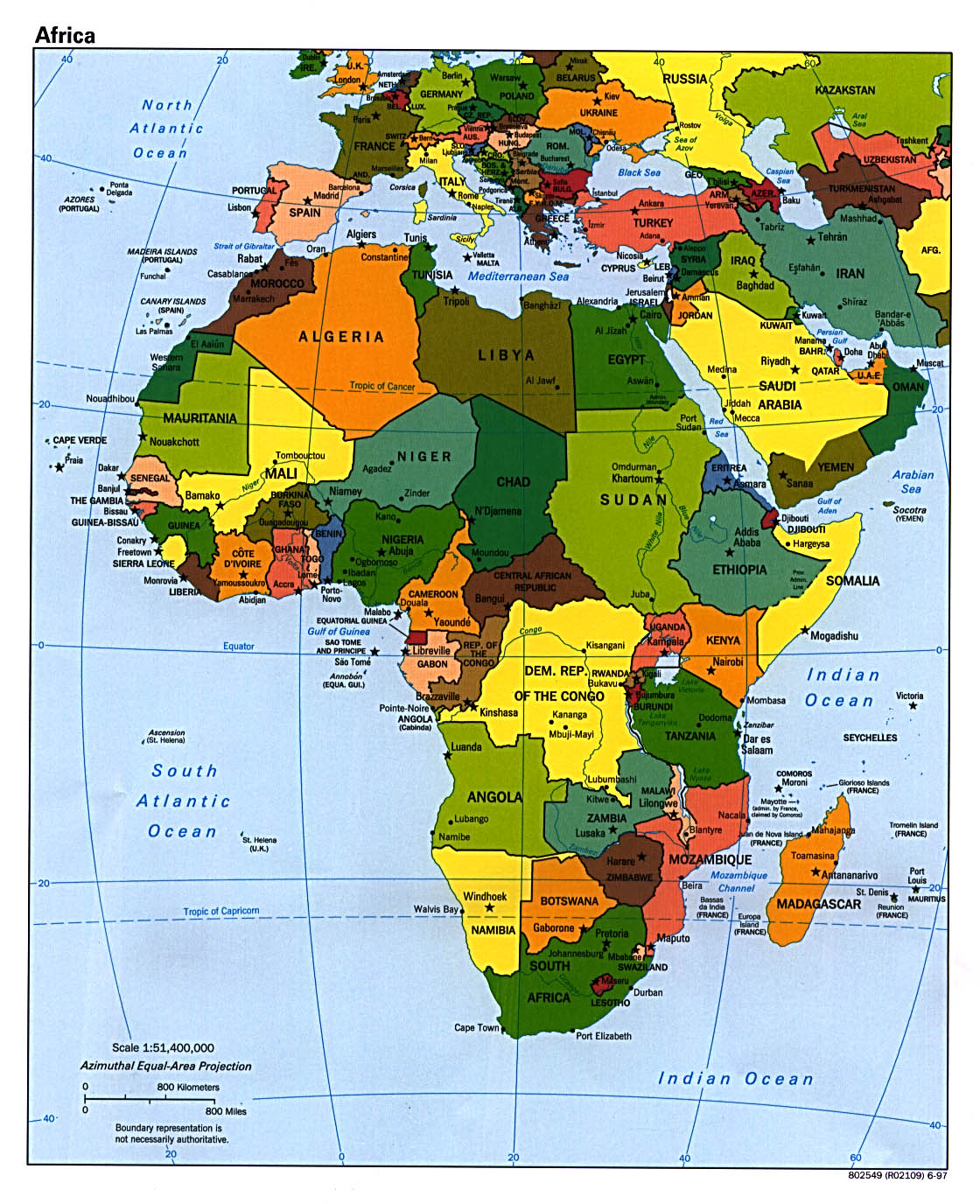Africa

I have written about nuclear power plant plants plans in specific African countries. Often there are critics of such plans because many countries just don’t have the demand and the infrastructure that would make nuclear power a reasonable investment.
There are fifty-four different countries in Africa. The only currently operating nuclear power plant on the whole continent is the Koeberg plant in South Africa which produces 1.8 gigawatts of electricity. Rosatom, the state owned nuclear plant construction firm, claims to have signed nuclear power memorandum of understanding with Egypt, Kenya, Nigeria, Sudan, Uganda and Zambia.
Most countries in Africa are experiencing severe shortages of electricity. The majority of African nations would need to double their generating capacity in order to meet the needs of their citizens and businesses. Kenya, Sudan and Zambia are dependent on hydroelectric power for their electricity. In order to double their generating capacity, a 2.4 gigawatt nuclear plant would be required for each. Nigeria depends on natural gas to generate electricity and it would take a 4.8 gigawatt nuclear power plant to double their electrical supply.
South Africa recently decided against building more nuclear power reactors on the grounds that it would be too expensive. Since many African nations are very poor, how would they finance the construction of nuclear power plants? Bangladesh has finalized a deal with Rosatom for a nuclear project. Rosatom is loaning Bangladesh $12.65 billion. This loan will only cover the estimated cost of construction. When interest accrual, possible cost overruns, operations and decommissioning are added to the cost, the estimated total cost would be around $30 billion. In negotiations with Egypt, Rosatom is offering a loan of $25 billion. As in the Bangladesh project, this is only enough for the initial estimated cost of construction.
The interest rate for these two loans is about three percent. The loan is set up so that repayments only start in ten to thirteen years after the loan papers are signed. After payments start, they will continue for twenty-two to twenty eight years.
Countries who sign up for loans for Russian reactor construction pay very little in the beginning which makes the deal attractive to government officials, especially those who may profit from the deals by commissions or bribes. However, when the repayment start, the country’s finances and power customers will be subjected to a huge debt that most African countries will never be able to pay. Over the life of the project, the three percent interest could increase the cost of the project by as much as forty percent.
Every nuclear reactor project in the U.S. since the era of nuclear power began has run over budget and behind schedule. Countries who have contracted for Rosatom power plants could easily wind up having to pay back a higher than expected debt while not being able to recoup money from the sale of electricity.
In light of the fact that Russia has shown itself to be willing to exert political and economic influence over countries that owe it money, it is likely that if an African country which found itself deep in debt to Russia, Russia could wind up exerting disproportionate influence over that country’s international affairs.
Zambia is considering a Russian nuclear power plant similar in output to the Bangladesh plant. The ultimate cost of the plant is expected to be at least $30 billion. Zambia has a total annual budget of just over $7 billion. It is obvious that Zambia cannot afford such a plant.
Given that nuclear power will be too expensive for most African nations, it would be much better for them to pursue energy sources such as wind, solar, biomass, and geothermal.